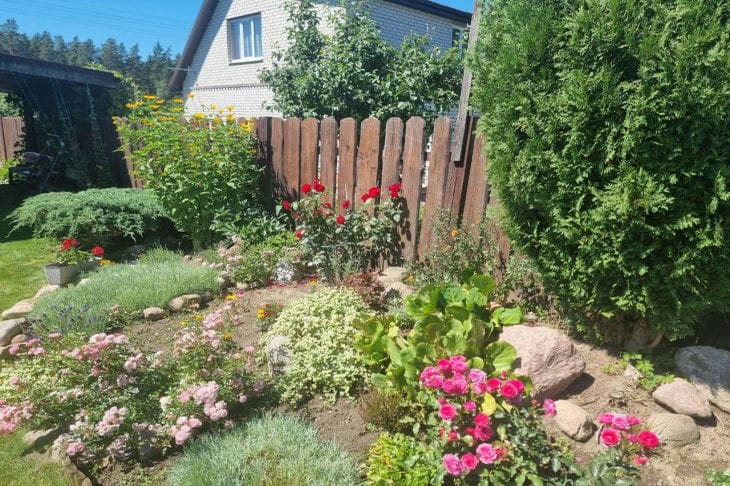What trees are best to plant in the yard: the green oasis of your dreams in 5 steps
Choosing the right trees to plant in your yard can transform the space, creating a cozy atmosphere and improving the environment.
Trees not only decorate the area, but also provide shade, protect from wind and noise, and attract birds and insects.
Factors in tree selection
When choosing trees to plant in your yard, there are several important factors to consider.
The climate conditions of the region play a key role – not all trees thrive equally well in different climate zones.
The size of the plot also matters, as some trees can grow very large and require a lot of space.

Soil conditions affect the growth and development of trees. Some species prefer acidic soils, others - alkaline.
The illumination of the area is also important: there are trees that love the sun, and there are those that grow well in the shade.
Deciduous trees
Deciduous trees are popular for planting in yards due to their beauty and functionality. Birches attract with their snow-white bark and openwork crown, creating a light shade.
Maples delight the eye with their bright autumn leaves. Lindens are not only beautiful, but also useful – their flowers have medicinal properties.
Decorative apple trees or rowan trees are good for small areas. They will not only decorate the yard, but will also please you with their fruits. Oak is a majestic tree that can become a real decoration of a large yard, although it requires a lot of space to grow.
Coniferous trees
Coniferous trees remain green all year round, making them attractive for creating evergreen compositions.
Spruce and pine trees are classic choices for many yards. Not only are they beautiful, but they also fill the air with beneficial phytoncides.
Thujas and junipers are great for creating hedges and geometric shapes in landscape design.
Larches are unique in that they combine the properties of coniferous and deciduous trees – they shed their needles in winter.
Fruit trees
Planting fruit trees in the yard allows you not only to decorate the area, but also to get a harvest. Apple trees, pears, cherries and plums are a popular choice for many gardeners.
When choosing a variety, it is important to take into account the climatic features of the region and the tree's resistance to disease.
Apricots and peaches require a warmer climate, but with proper care they can grow in the middle zone. Cherries and cherry plums can also be a great addition to the garden, delighting with delicious fruits.
Ornamental trees
For those who want to create a unique landscape design, decorative trees are a great choice.
Sakura and magnolia amaze with the beauty of their blossoms. Willows with weeping crowns create a romantic atmosphere near ponds.
Red-leaved forms of maple or barberry will add a bright accent to the garden composition. Catalpa with its large leaves and unusual pod-like fruits will become an exotic decoration of the yard.
Caring for planted trees
After planting trees, it is important to provide them with proper care. Regular watering, especially in the first years after planting, will help the trees to take root well.
Mulching the tree trunks will protect the roots and retain moisture in the soil.
Pruning is necessary to shape the crown and remove diseased or damaged branches. Fertilizing will help trees grow strong and healthy. Protection from pests and diseases is also important to maintain the health of trees.
